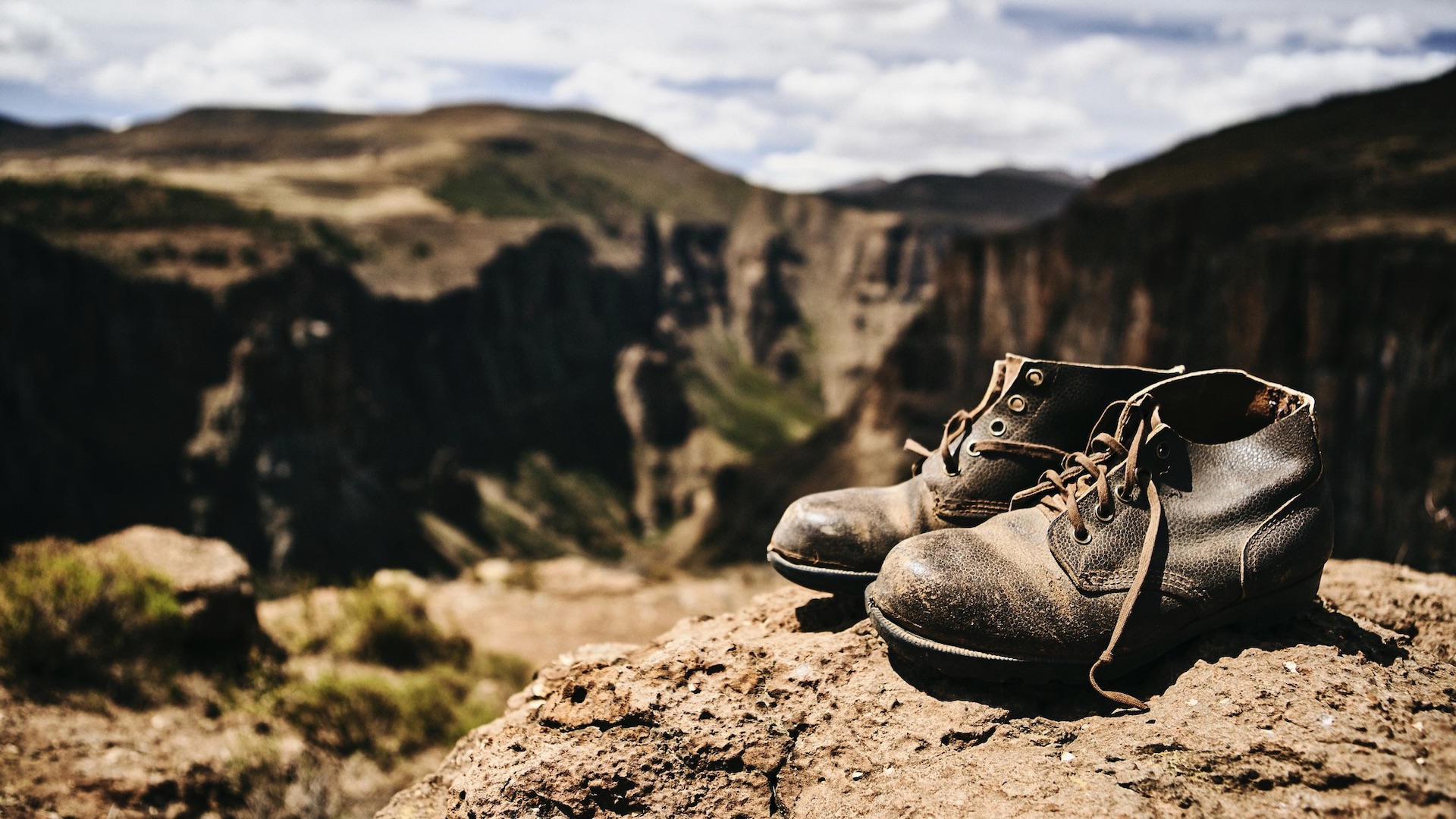
Hiking boots that fall apart too soon are the cause of much consternation among trailgoers. If it happens to you, you might find yourself swearing off an entire brand for life. Hiking boots are expensive, it can take a while to find the perfect pair and they play a big role in keeping you protected and comfortable on the hill, so it’s understandable that you’d feel short-changed in this scenario.
Sometimes, hiking boots really are faulty or the design just isn’t up to the demands of the activity they’re intended for. But it’s also possible that you’re accidentally damaging your hiking boots. If you find that your boots tend to develop defects quite quickly over and over again, you might be causing their unfortunate demise without meaning to.
Read on for six things you're doing that might be ruining your hiking boots, and what to do instead.
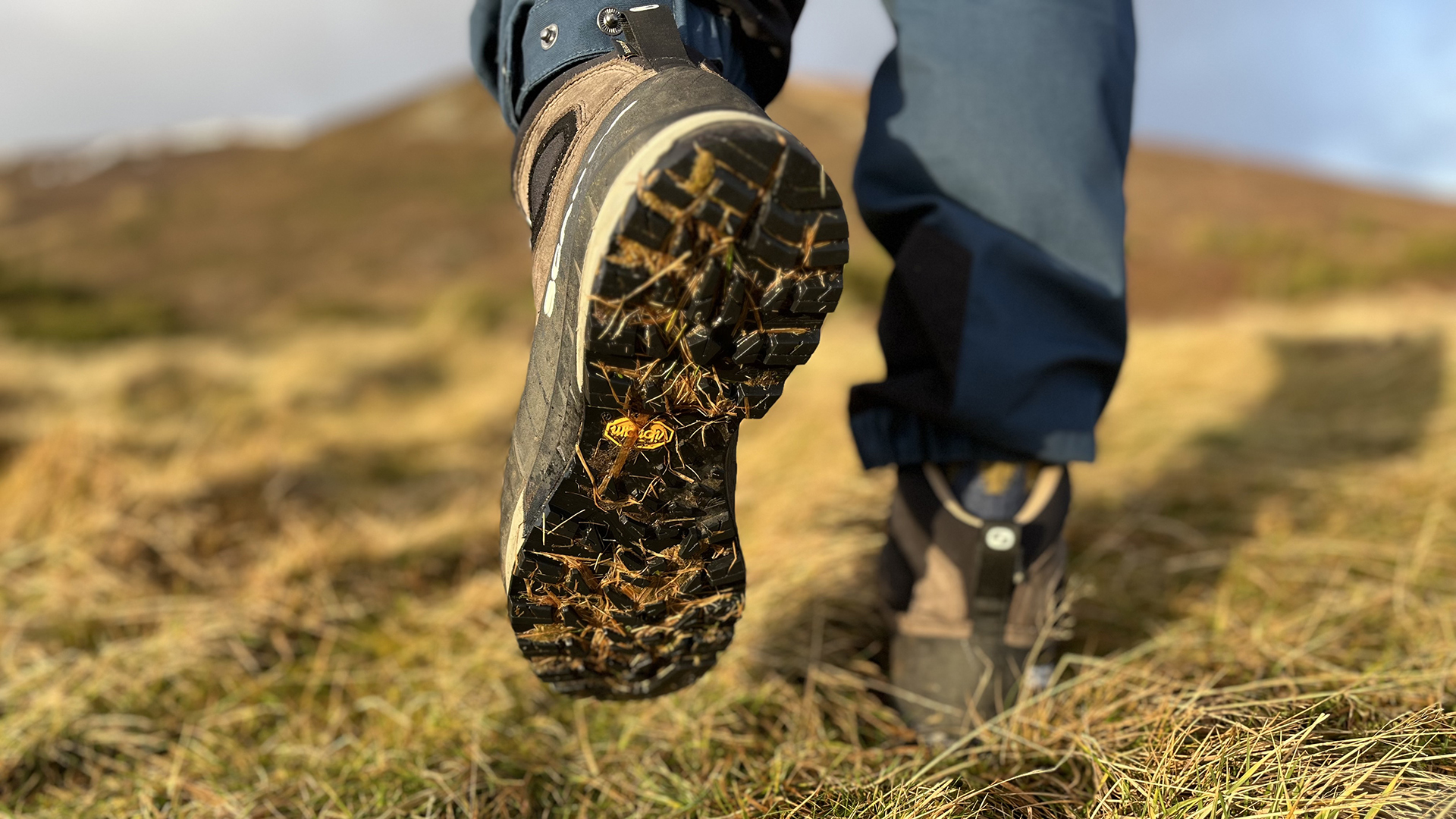
1. Buying the wrong size
You’ve hopefully heard that you should size up when you buy hiking boots to give your feet room to swell while you’re walking for miles and avoid blisters, and while that’s solid advice, it’s not the whole story.
Feet comes in all shapes and sizes, besides length, and boot design varies from model to model and brand to brand. Some boots are wider than others, some leave more room in the toe box and others still leave more room in the upper between your sole and the top of your foot.
While a very roomy boot can feel great, and extra space can be remedied with thicker hiking socks, if your boot creases around the base of your toes with every step you take, it‘s probably going to break down the material of the upper faster, especially if you wear leather hiking boots while will experience cracking.
While buying boots online is easier, there’s a good argument for going analog, heading to the outdoor gear store and trying on a few different boots to make sure you pick the right pair for your feet. You might feel like a wally walking round the shop but it will save you money in the long run. Check out our guide to how to fit hiking boots for more details.
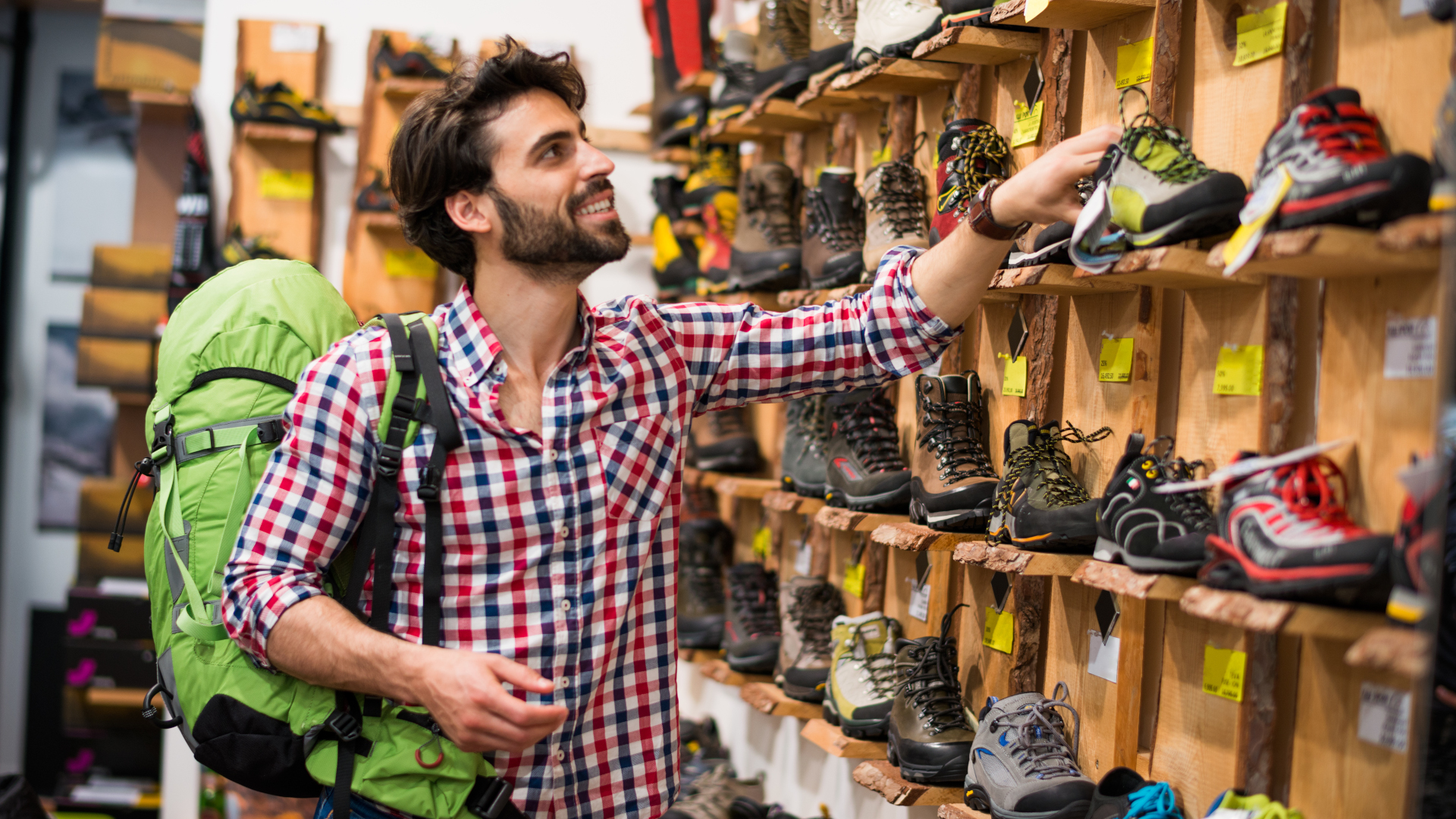
2. Wearing them around town
Hiking boots are built for the trail, but we can’t blame you for wanting to wear yours around town too. After all, they’re sturdy, offer great weather protection and if you own a pair like the Danner Mountain Pass, are just plain beautiful.
Wearing your boots as everyday shoes, however, is a big mistake. Not only does it add extra mileage to them, but the hard surfaces you’re probably walking on most of the time, like tarmac sidewalks, will help to wear down your soles – and all that handy traction – much faster than if you save them for hiking.
If you’ve just realized this mistake too late, you might be able to get your hiking boots resoled, but going forward, it’s best to save your boots for the soft stuff. If you are firmly attached to the hiking boots and jeans look for daily life, why not buy two pairs and keep one for the mountains?
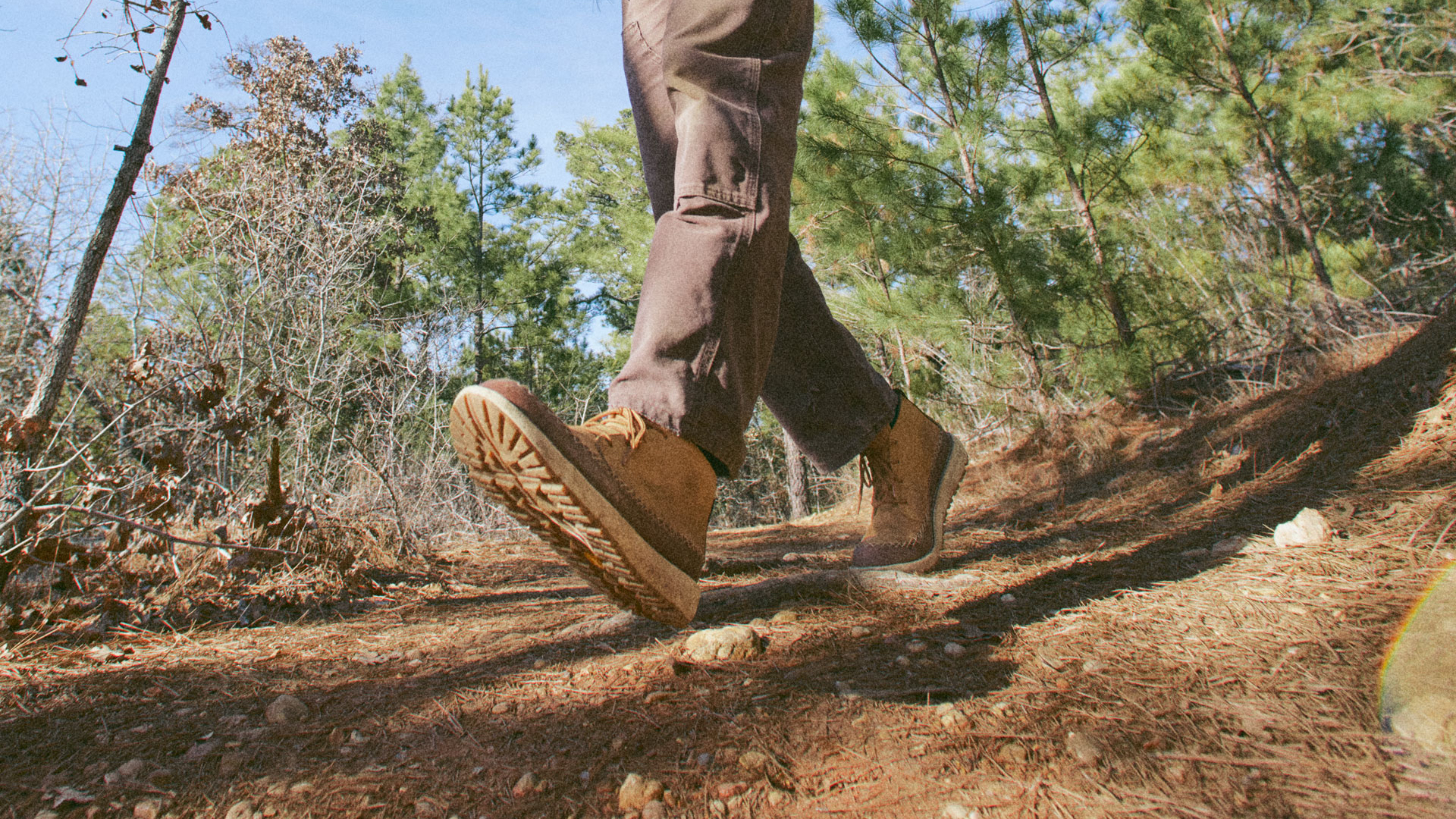
3. Not cleaning them after each use
It should go without saying that hiking boots are meant to get dirty, but that doesn’t mean you shouldn’t clean them between hikes.
When you’re out on a hike, they're bound to get covered in mud, sand, grit and even tree sap. If you don’t take the time to clean this off regularly, it will work its way deeper into the fabric of your boots each time they flex under every step. This can cause your boots to degrade faster.
It can also mean your boots lose their precious waterproofing capabilities for traipsing through bogs and if your hiking boots are made of leather, these substances will also dry out the fabric, causing it to crack.
Believe it or not, you should clean your hiking boots after every use, but that doesn’t mean you have to spend half an hour scrubbing them. At the end of each hike, if possible walk through wet grass or wade through a puddle or shallow stream – this may be enough to take care of any grime without having to even pull out the boot brush.
If your boots are only lightly soiled when you get home, you can usually give them a quick wipe with a damp cloth and set them out to dry away from heat sources. If they are more heavily soiled, however, or you’ve been using them a lot lately, it’s time to give them their monthly maintenance clean. Learn how in our guide to how to clean hiking boots.
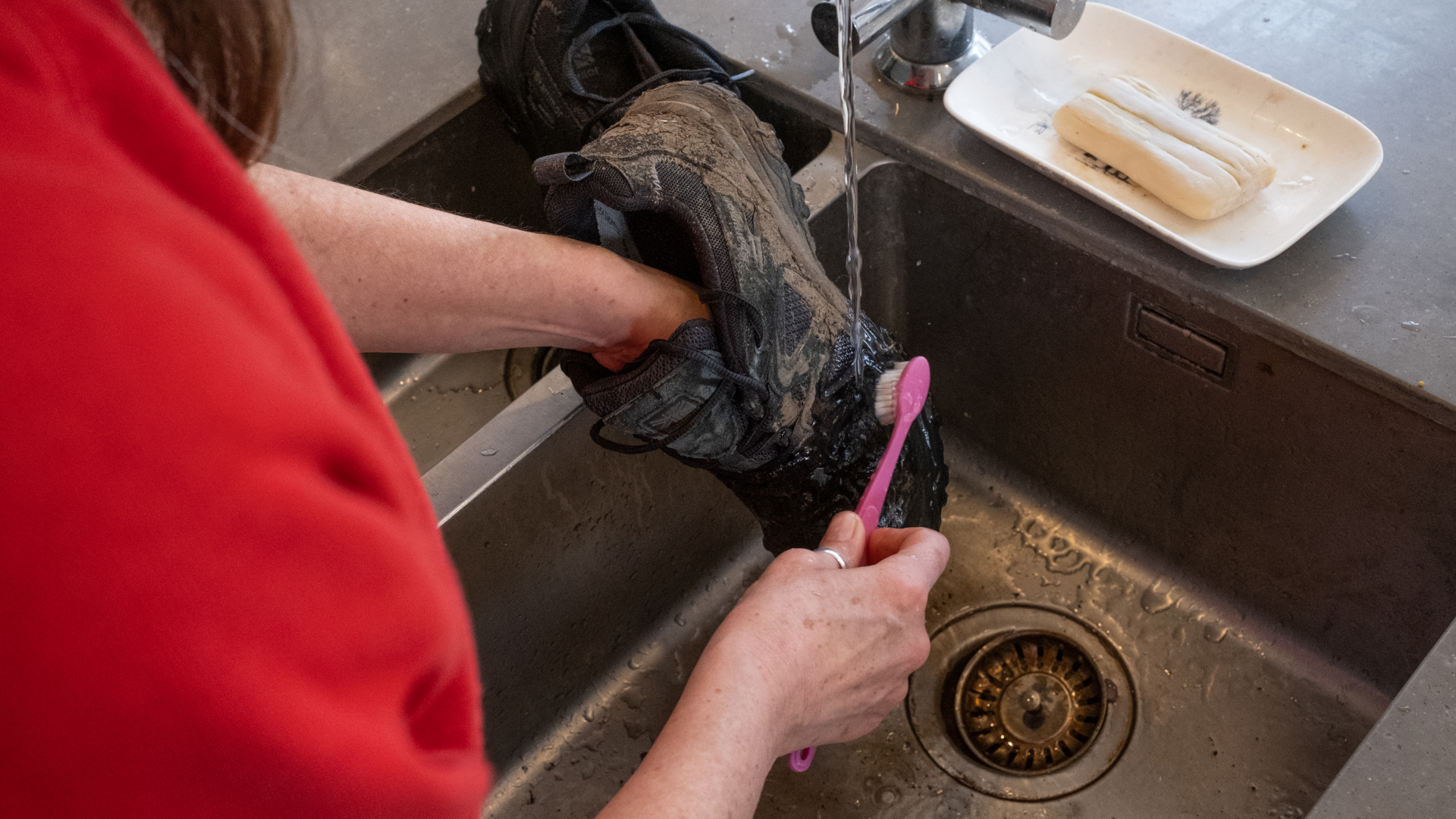
4. Not performing regular maintenance
Just like other outdoor gear – your waterproof jacket, skis, bike – your hiking boots need a little TLC from time to time to ensure they perform optimally. In addition to regularly cleaning them, which we’ve already mentioned, you might need to perform seasonal care routines. Skipping these routines can mean your boots break down faster.
If your boots are waterproof, without care they will start to let water in. How to reproof them varies according to whether they are synthetic, Nubuck or full-grain leather, so read carefully through our guide to waterproofing your hiking boots to make sure you’re following the correct procedures and applying the right treatment.
If you wear full-grain leather boots, yours will also need a regular conditioning treatment, which we outline in our article on how to care for your leather hiking boots.
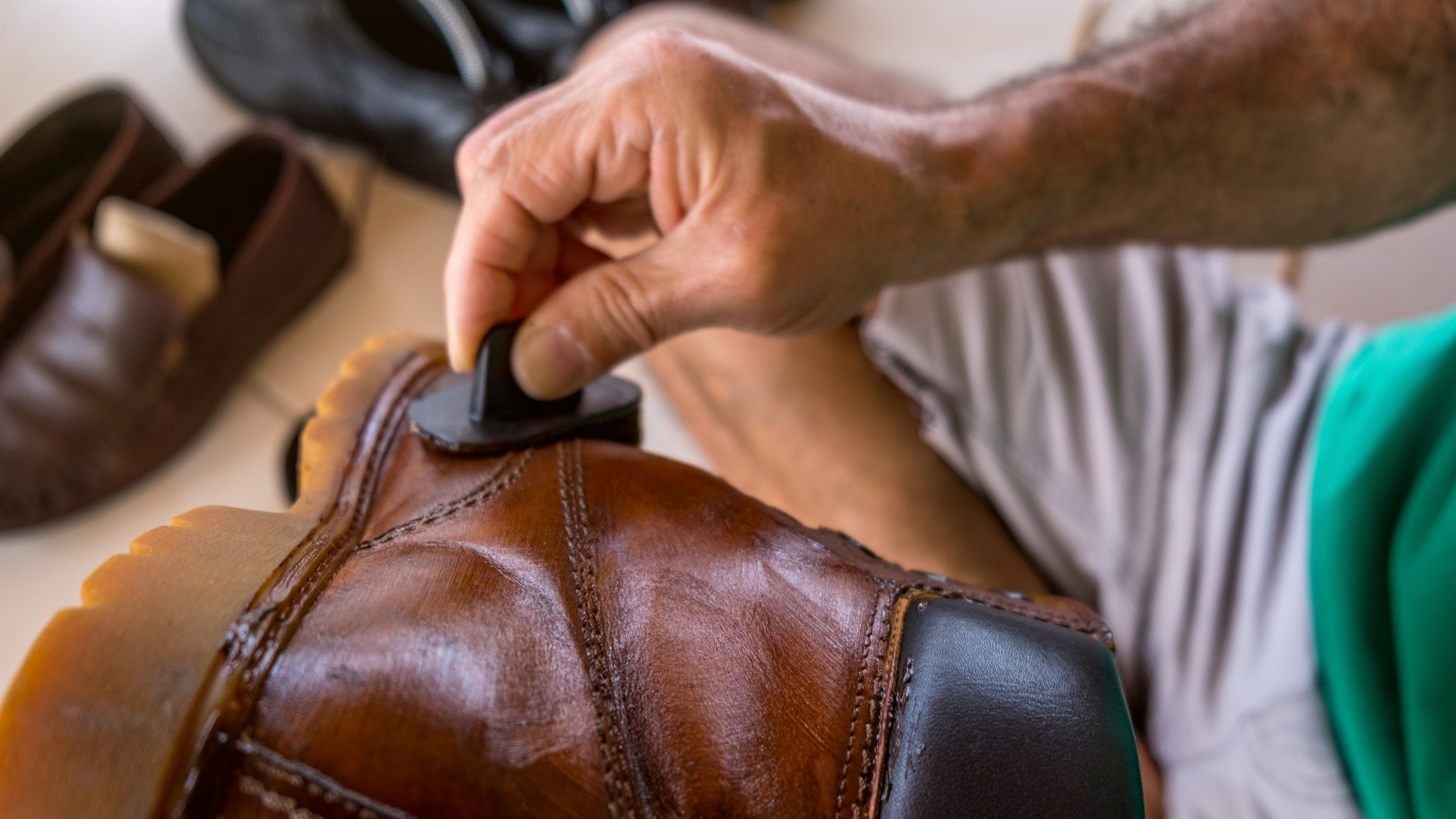
5. Using heat to dry them
If you’ve just got home from a wet hike with soggy feet and you want to hike again tomorrow, it’s tempting to use a heat source to dry them quickly so you don't have to jam your feet right back into squelchy boots in the morning.
Many hikers will place their boots on a radiator, close to the campfire or even get creative with a hairdryer to speed up the drying process, but this is a bad idea. Heat can damage the glue that holds the uppers together and even the fabric itself, meaning your boots are faster to spring a leak.
Don’t be tempted to use a boot dryer, which again uses heat and will break down the uppers of your boots over time. If your boots are waterlogged, remove the insoles and stuff the boots with old newspaper or kitchen roll, then set both the boots and inserts somewhere warm and dry, away from direct sunlight.
If you’re worried your boots aren’t going to be dry in time, you can set them in front of a (non-heated) fan to speed things up.
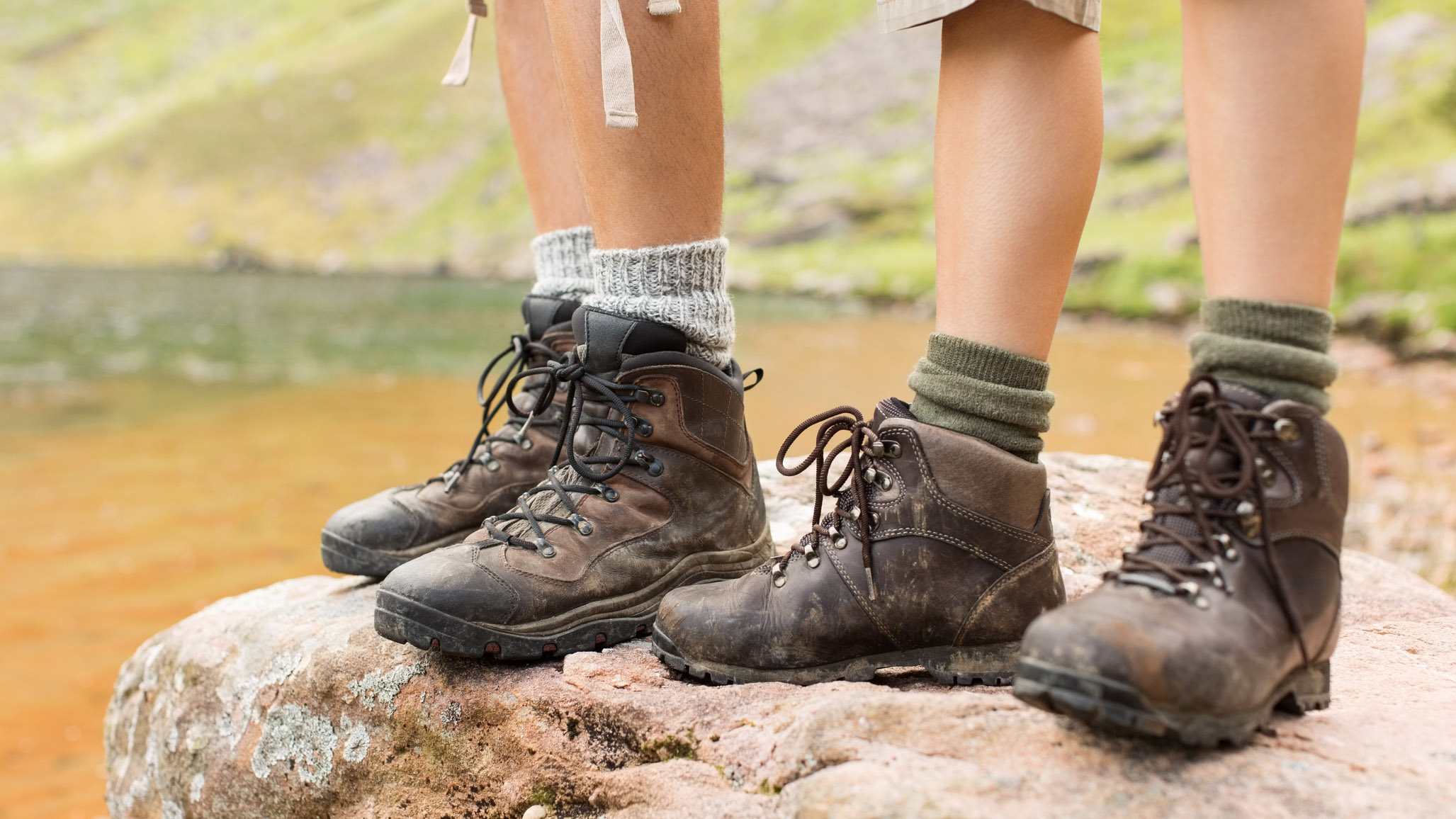
6. Storing them in the wrong place
When you’re finished with your boots for the time being, where and how you store them can drastically affect their lifespan. Packing them away wet and dirty and in the wrong place is a sure way to get mold and mildew in your boots.
Don’t just stash your boots in the trunk of your car or leave them on the front porch. Sure, it means they’re handy for next time you need them, but it also means they’re more likely to be exposed to high or low temperatures, which isn’t good for the health of your boots.
While we’re at it, avoid hot attics and damp basements. Indoors is the correct place for your boots, but they should be in a space that’s around room temperature, with as little humidity as possible, and away from direct sunlight.







